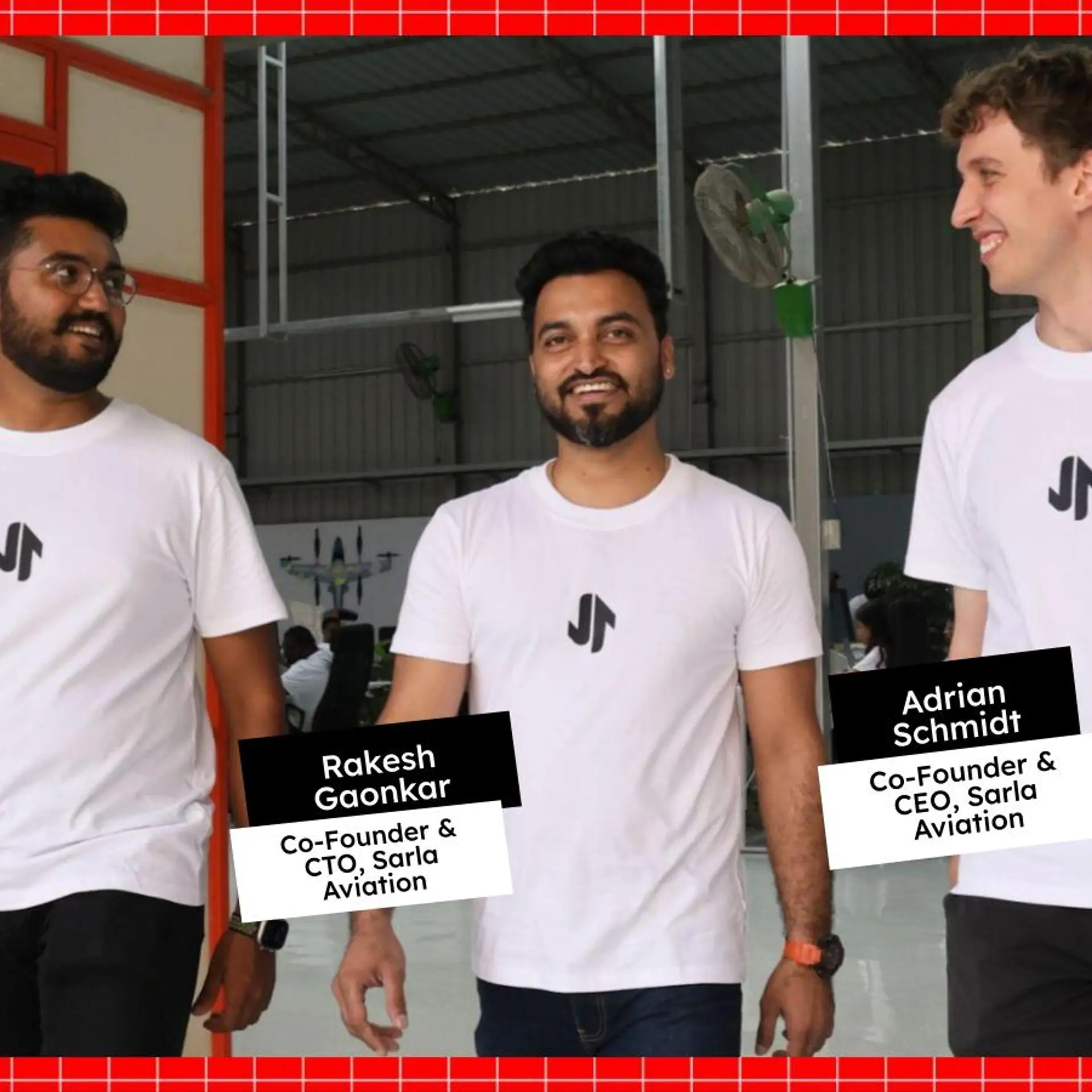Back to work: reclaiming India’s lost female workforce
Building environments for women to return to work and succeed is not just a social and moral imperative, but also a critical business issue that impacts the global workforce.
Returning to work after a long break can be intimidating for most people. Particularly for women, the experience is fraught with personal challenges, professional barriers, and societal pressures. Career breaks prompted by major life events such as child birth or assuming additional care taking responsibilities can have a substantial and enduring impact on women’s careers.
Considering that women make up approximately half of the world’s working population, building environments for them to return to work and succeed is not just a social and moral imperative, but also a critical business issue that impacts the global workforce. While there are several meaningful measures that leaders and organisations can put in place to enable this return, let us first look at some of the systemic issues hampering it.
Factors that deter a woman’s return to work
In addition to age-old societal pressures on women to prioritise caretaking responsibilities over their careers, there are multiple systemic factors that hinder their return to work.
Lack of opportunity – Very few organisations look past career breaks to hire women purely based on their skills and potential.
Lack of flexibility – An exceedingly rigid work culture can be detrimental to the well-being and productivity of all employees, regardless of their genders. However, for women, the challenge of balancing work and personal life can be even more daunting due to societal pressures and perceived gender roles. This is where a lack of flexible work options can become a real problem in retaining women employees.
Non-inclusive work culture – Only when a woman is equally heard and valued at an organization will she be able to truly thrive and succeed.
Skill obsolescence – In today’s rapidly evolving world, anyone returning from a career break is bound to face an obsolescence of skills. A six months maternity leave is bound to make most women feel inadequate.
Disparity in pay structure – The pay gap is one of the major reasons women hesitate to rejoin or quit workforce as they do not feel valued by the organisation.
While women looking to return to the workforce continue to face such impediments, even small forms of support can make a significant difference. This is where return-to-work programs can serve as a bridge to connect women re-entering the workforce with organisations offering the necessary support, resources, skills training, and mentorship required to succeed in today’s workplace.
The returnship evolution
A relatively recent phenomenon, returnship programs have emerged as a response to the challenges faced by women making career comebacks, providing them an opportunity to refresh their skills, gain new experiences, and reconnect with the professional world.
A returnship program is devised by companies to ensure that the woman’s transition back into work is a smooth and empowering one. Through these programs, women can regain their confidence and gain hands-on training, thus enabling them to revive their careers in a meaningful way.
These re-entry programs can end a years-long fruitless job search or spark a transition to a new career and more importantly, act as a path to economic freedom for women. Moreover, they are a powerful incentive to bring back thousands of women to work in spite of the societal pressures they face.
What makes them a viable solution?
Based on a premise that career breaks are not a deterrent to growth, returnship programs reflect an underlying understanding of the varied challenges that women face beyond the work environment.
For instance, the training period and upskilling opportunities provided by these programs enable women to pick up right where they left off - confident, adept and on a robust trajectory of long-term growth at the organisation.
These programs also help solve several issues at an organisational level. For instance, by increasing female representation in middle and senior-level roles, they could start to address the leaky pipelines in companies.
Tapping into this pool of highly qualified and talented individuals could give rise to a true culture of equity within organizations, helping weed out conscious or unconscious biases that might be barriers to diversity. Moreover, enabling women to re-join the workforce without having to start from the bottom, could help bridge deep rooted issues around gender pay parity in the long term and result in higher productivity and loyalty towards employers.
The importance of going beyond
While returnship programs can certainly aid a company in attracting and retaining a robust and highly skilled female workforce, it is crucial to go beyond. An inclusive and fair workplace culture that inspires, supports, and empowers women is critical. The true essence of a good returnship program is not just to get women to resume work, but to create an environment where they can thrive, grow, and build long-standing and fulfilling careers.
Mohua Sengupta is Managing Director, Mashreq Global Network
(Disclaimer: The views and opinions expressed in this article are those of the author and do not necessarily reflect the views of YourStory.)







